The British Army has successfully carried out its first extended-range live fire of the Javelin Lightweight Command Launch Unit (LWCLU), hitting a target at 4km on Salisbury Plain—setting a record distance for the system and showcasing its growing capabilities.
According to a statement issued this week, the test marked a “world first” for the Javelin Joint Venture (JJV), and represents a tangible demonstration of the Army’s intent to “double fighting power by 2027,” as laid out by the Chief of the General Staff.
British Army Lt. Col. Chris Woods, MBE, praised the event as a landmark moment:
“The successful engagement of a target at 4km today is a statement of intent. It represents a tangible demonstration of how seriously the Army is taking CGS’s direction to double fighting power by 2027. This is a world first, conducted by British Army Soldiers right here on Salisbury Plain. I am really proud of the team from DE&S, the JJV and the Parachute Regiment.”
The LWCLU, developed by Raytheon (an RTX business) and Lockheed Martin through the Javelin Joint Venture, is 30% smaller and 25% lighter than the current Block I CLU, but it doubles target detection and recognition ranges. Its design, say its builders, maximises surveillance for soldiers and supports day and night operations. Crucially, it remains compatible with all Javelin missile variants—past, present and future.
“This live fire exercise showcases a significant first-time event for the JJV and demonstrates that Javelin continues to mature to defeat ever-evolving threats,” said Dave Pantano, JJV vice president and Lockheed Martin Javelin programme director.
Andy Amaro, president of the Javelin Joint Venture and programme director at Raytheon, emphasised the operational value of the test:
“Today’s test validates the advanced range and target detection capabilities LWCLU provides soldiers to expand the battlefield and distance them from incoming threats.”
Raytheon UK Chief Executive James Gray highlighted the economic significance of the programme:
“Javelin already contributes £56 million to the UK economy and is only set to grow. Bringing prosperity to the nation and capability to our armed forces is what Raytheon UK is all about.”
The UK plays a key role in Javelin’s supply chain, with British-manufactured components supporting a production ramp-up to 3,960 Javelin rounds annually by 2026 and 900 LWCLUs by 2030.
As Gray noted, “Manufacturing advanced capabilities like the Lightweight Command Launch Unit allow us to support UK manufacturing jobs and critically grow the UK’s industrial base.”


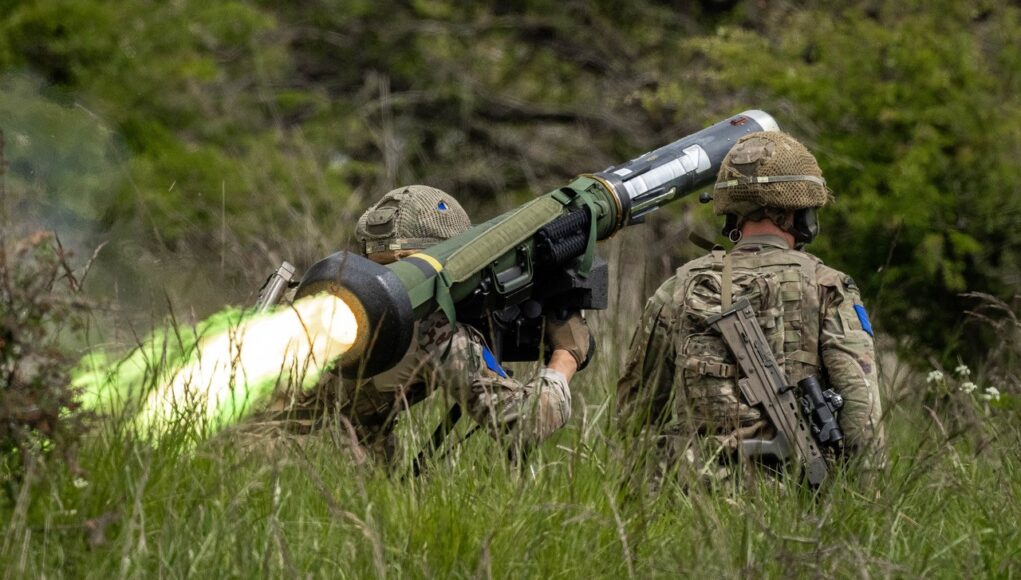
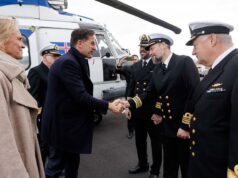


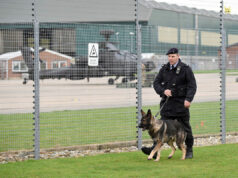

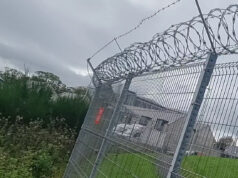

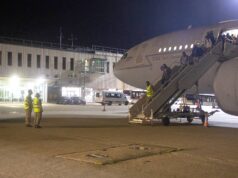
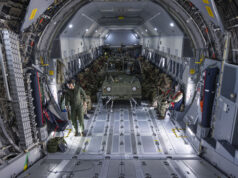
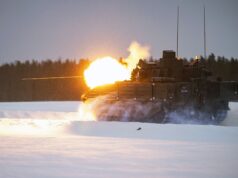

That is a serious uplift in capability – both in terms of distance on the STRIKE – but also in organic ISTAR detection ranges for an Infantry Bn.
WR for javelin is only 98.48m so that is some improvement!😋
British army records
Longest tank on tank kill in history
Longest range rifle kill
Now longest range javelin
Not bad for an army that’s suppose to be in decline.
its is in decline, we all know it is. Nice to hold records though. Be better if we held more modern kit and more soldiers.
When was it good then, what year did it stop being good?
I was in late 90’s and all our kit was shit and our rifles barely worked. Less than half the tank fleet was operational in 1991.
It looks a lot better today than what we had then.
We had a lot more of them back then. Half of a lot is still a lot, half of next to nothing is almost nothing.
The point is that it is great to have a record, but how operationally functional is it and how long will it stay operation. When you don’t have much of anything it doesn’t matter how good you are, you won’t last long.
ok, thanks, the Army is 70’000 smaller, we have only 14 SPG’s, 1 air defence regt, less than 200 tanks. 200 people leave each month more than join. Most units are under manned. We limited ammo stocks. We were better off up til 2003 /4 Afghan/Iraq ruined the army money stopped being spent heavy kit and up grades were canned.
As for not working rifles the H & K up grade to the SA80 A1 fixed that.
H&K upgraded The Rifle in 2002, 1 year after I left so from 1986 until 2002 the British army didn’t have a fully working service rifle.
Are you telling me that army was better than what we have today?
When did you serve?
Would be nice if NLAW could have a range boost too. Given its predictive guidance it would I’d guess require an increase in velocity to achieve that or to put it another way at any given target range the target would travel less as missile would reach it quicker.
Will they be equipping the anti-tank crews in the new Ares with these?
Seems very useful weapon against various armour, as the increased range will avoid putting our troops in harm’s way.
I wonder what’s the cost of the new LWCLU? A big problem with the old CLU is that Ukraine soldiers treat them as disposable and throw them away after firing all their missiles. When a few days or weeks later a new stock of Javelins arrive (missiles only – no CLU’s this time), they no longer have means to fire them so and they often up being abandoned and captured by the Russians. The problem is apparently even worse with NLAW, which the Ukraine’s treat as a cheap RPG, wastefully firing salvos of missiles in the vague direction of the Russian frontline (pretty pointless as the missile auto destructs after flying 1000m).